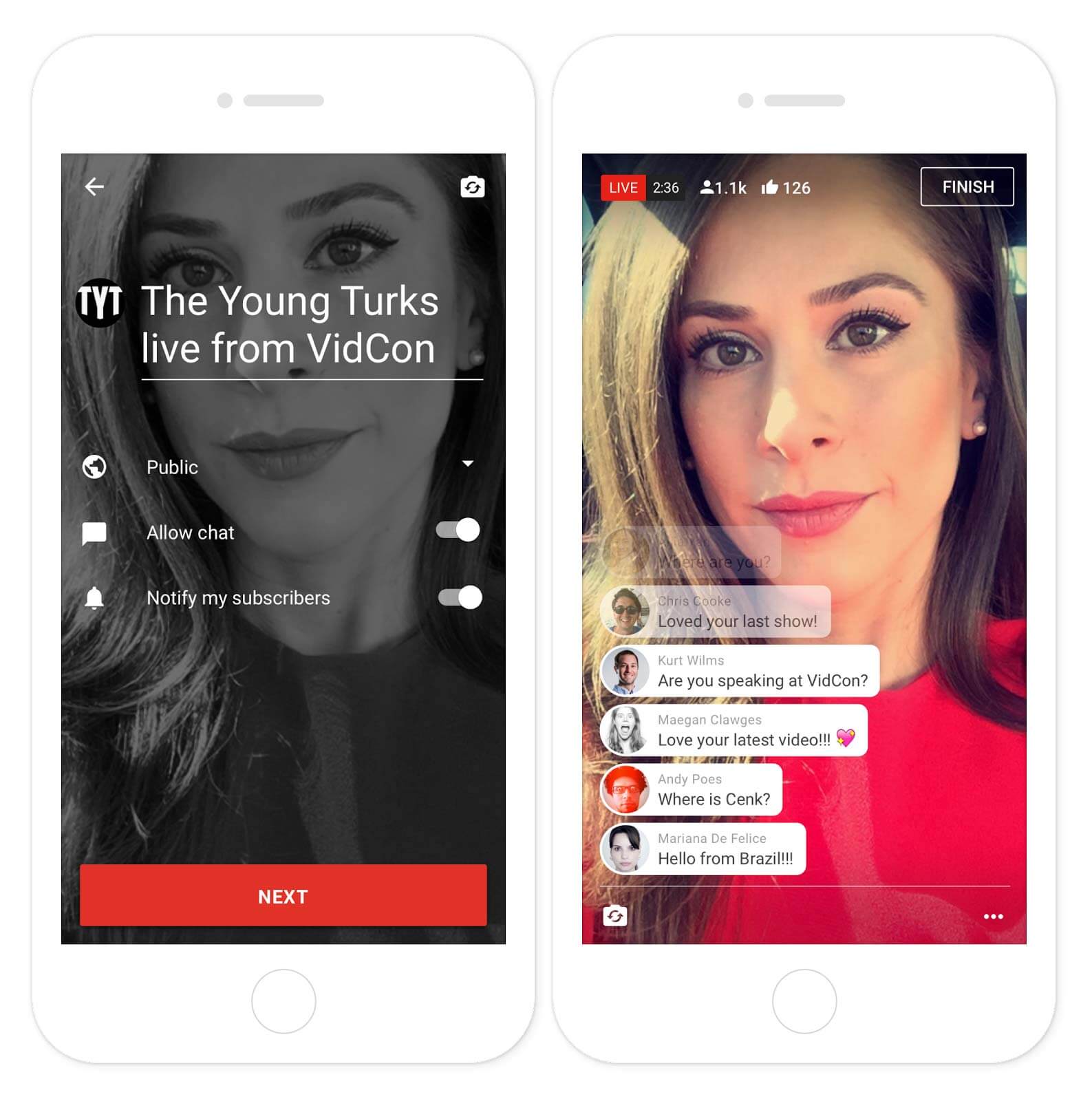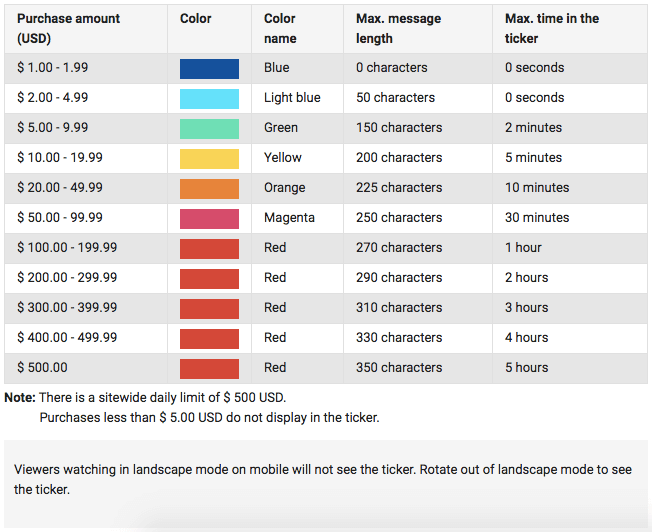Eight months after announcing it would support livestreaming capabilities, YouTube has started giving more people access to the service. Today, the video social network revealed that mobile livestreaming will be available to every creator with more than 10,000 subscribers. It promises that “the rest of you will have it soon.”
“A huge focus for us here at YouTube is to find new ways to let creators and viewers interact with each other and the videos they watch,” the company wrote in a blog post. And while YouTube was an early inspiration for the creator community, it has lagged behind Twitter and Facebook, which have seemingly dominated the livestreaming space. Sure, you’re going to watch the videos on the Google-owned site, but when it comes to impromptu broadcasts from your favorite creator, actor, musician, or personality, that conversation would take place elsewhere.
At VidCon last year, YouTube introduced mobile livestreaming, which VentureBeat revealed several months earlier. But it wasn’t available to the masses — only a select group of partners, including The Young Turks, AIB, Platica Polinesia, Sacconejoyls, and Alex Wassabi had access. But it seems that after enough testing and support for 4K broadcasts, it’s time to open the technology up to more creators.
YouTube estimates that hundreds of thousands of users will now have the ability to livestream, which it hopes will empower a more “intimate and spontaneous way to share their thoughts, lives, and creativity.”
But in addition to opening up access, the company has also incorporated a way for creators to monetize their livestreams. YouTube’s mobile broadcasts support Super Chat, first announced last month as a way for fans to pay to have their message highlighted and pinned to the chat window of a live video for up to five hours. This feature is one of the first tools the company is giving broadcasters to cash in on their work. Super Chat is available to creators in more than 20 countries and to viewers in at least 40 countries.
Creators must have a channel that is eligible for livestreaming, can be monetized, and has over 1,000 subscribers. The creator must also be over 18 years of age and reside in one of the supported locations. All comments in livestreams can be moderated, including Super Chats.
How much fans pay will depend on how long their message is and how long they want it to remain visible in the chat. Prices start at $1 per message for a very ephemeral note and run all the way to $500 for a 350-character comment that’ll stay up for five hours. Purchases are made through YouTube or YouTube Gaming’s Android apps or website — iOS support is not yet available.
A variation of Super Chat is similar to a feature Facebook added in December but is only available to those who use the Mentions app.
It’s worth noting that while mobile livestreaming is new to YouTube, the company has previously supported live video through its Creator Studio offering. With this rollout, creators don’t need to install another app — the capability is baked right into the core app. To begin broadcasting, select the capture button, and that’s it. All livestreams contain the same features as regular recorded videos, including being discoverable through search, recommendations, or playlists. They can also be protected from unauthorized usage.
YouTube’s rollout of its livestreaming service looks a little like what Facebook did when it started with celebrities and journalists before expanding to more influencers and ultimately making the feature widely available. But is YouTube moving a quickly as it needs to? Facebook is already capitalizing on the public’s interest, even launching marketing campaigns to make itself synonymous with livestreaming, and Twitter is also enjoying some success with Periscope and other live video projects. One potential differentiator that YouTube has over its competitors is that video is in its DNA, and so it has the ability to cater to all types of creators, from amateurs to celebrities to professional broadcasters. But can it overcome the network effects of both Facebook and Twitter in relation to content-sharing? It’s certainly going to be interesting watching it play out.




